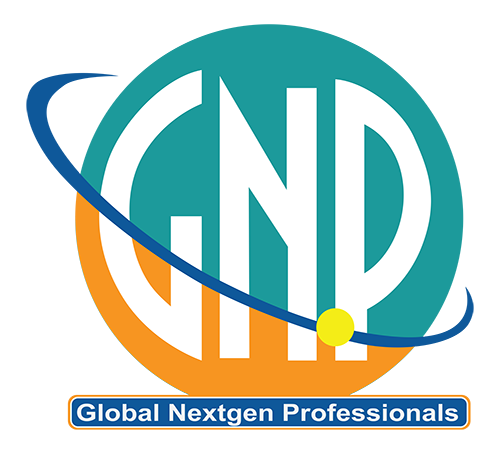Expert Advice on Improving Your OET Writing Skills
Are you a healthcare professional planning to take the OET Writing Test? If yes, then you know how important it is to pass this exam in order to further your career prospects. In this blog post, we’ll provide expert advice on how to improve your OET writing skills and ace the test with flying colors. So sit back, grab a cup of coffee, and read on for some valuable tips and resources that will help boost your confidence and enhance your performance in the OET Writing Test.
The Different Sections of the OET Writing Test
The OET Writing Test consists of two different sections: the first section requires you to write a letter based on your profession, while the second section is focused on writing a more technical healthcare-related report.
Writing is a key component of the Occupational English Test (OET), and it can be challenging for many healthcare professionals connect OET experts Chandigarh at Rapid lab.
For the first task, it’s important to understand the purpose of your letter and who your audience is. You will need to use appropriate language and tone depending on whether you’re writing to a patient or another healthcare professional. It’s also essential that you address all parts of the prompt and maintain good organization throughout your response.
The second task involves analyzing data from charts, graphs or diagrams related to a medical case study. You’ll then need to write an objective and clear analysis of this information in paragraph form which includes an introduction, body paragraphs with supporting evidence, and conclusion.
Both tasks require proper grammar usage, spelling accuracy, correct punctuation placement and adequate vocabulary knowledge; they are highly valued in achieving high scores for both sub-tests.
Overall, the OET Writing Test is designed to evaluate your ability to communicate effectively in a medical context. It is important to practice each task type before taking the actual test, as this will ensure you are familiar with the requirements and format of each section.
Knowing what each section entails can help focus test-takers’ preparation strategies towards improving their strengths as well as working on areas that may pose challenges during exam time.
Tips for Each Section of the OET Writing Test
When it comes to the OET Writing Test, each section requires a different set of skills and strategies. Here are some tips for each section that can help you improve your overall score.
For the case notes section, make sure to read the task carefully and identify the key points before you start writing. Use bullet points or short phrases to organize your ideas and keep them concise. Also, pay attention to grammar and spelling as these errors may affect your score.
In the letter-writing section, remember that clarity is crucial. Start by identifying your audience (the patient’s family member, doctor or nurse) then use appropriate language and tone throughout your letter. Use headings or subheadings to separate different sections of information in order to make it easier for readers.
With OET experts Chandigarh Rapid Lab’s guidance, you’ll be well on your way to acing the OET writing component and achieving your professional goals.
For both sections, be sure to use relevant medical vocabulary when needed but avoid overcomplicating sentences with jargon unnecessarily; always prioritize simplicity while maintaining accuracy in terms of meaning conveyed.
Practice these skills using practice tests provided by reputable sources such as Cambridge Boxhill Language Assessment official website prior to exam day!
Practice Makes Perfect – OET Writing Resources
One of the most effective ways to improve your OET writing skills is through practice. The more you write, the better you become at identifying and addressing common errors in grammar, syntax and vocabulary. Fortunately, there are plenty of resources available online that can help you get started.
One popular resource for OET writing practice is the official OET website itself. Here, you’ll find a variety of sample tests that have been designed to mimic the real test format as closely as possible. You can also find detailed explanations for each question type along with scoring criteria.
Another great resource for practice is various online forums dedicated to discussing all aspects of the OET exam including writing skills. These forums provide a platform where candidates can interact with one another and share tips on how they tackled specific questions.
You may also consider working with an experienced tutor or enrolling in an online course specifically focused on improving your OET writing skills. Tutoring sessions or courses will not only help you identify areas where you need improvement but also provide personalized feedback on your writing.
Remember that consistent practice over time leads to mastery so be sure to dedicate enough time each day towards practicing your writing skills using these resources!
Conclusion
Improving your OET writing skills requires consistent practice and a willingness to learn. By familiarizing yourself with the different sections of the test and utilizing tips for each section, you can significantly improve your chances of achieving a high score.Remember to pay attention to grammar, vocabulary, tone and organization in your writing. Additionally, make use of online resources such as sample tests and practice exercises to hone your skills.Ultimately, it’s important not to get discouraged by mistakes or setbacks along the way. With dedication and effort, you can become an expert at OET writing and achieve success in your healthcare career.
